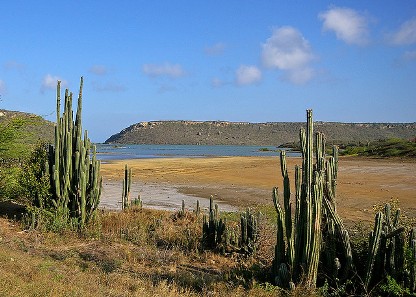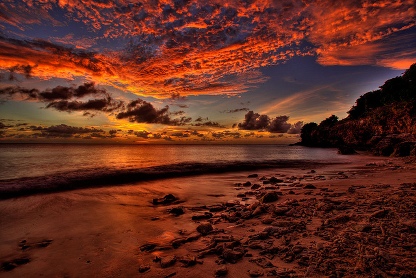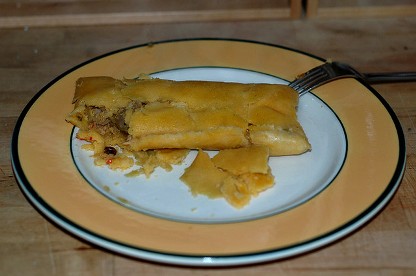Little piece of helpful information: Curaçao is more than a lovely coloured liqueur used in tropical cocktails. Yes, the delicious drink base comes from the beautiful island, which is also its namesake, but there’s so much more to Curaçao than that.
Curaçao consists of two islands: a large one, the main island, and a small one, which is uninhabited. It is considered to be a constituent country of the Kingdom of the Netherlands, so of course there is a significant Dutch presence.
Geographically, Curaçao is part of South America, but for the purposes of this post (and the fact that it’s sitting beautifully in the Caribbean Sea), we’re going to consider it part of the Caribbean. It is surrounded in bright blue waters (like the colour of Curaçao liqueur!), but the vegetation is very different from the islands featured in recent weeks. Lush, green rainforests are replaced by cacti and desert-like flora, palm trees, and evergreens.
The culture of this country is, of course, swayed by its history. Caribs first inhabited Curaçao, and then the Spanish arrived in the late 15th century. The Dutch took possession of it in the middle of the 17th century, but the island was in the hands of the Dutch, British, and French over the next couple of centuries. The culture is an incredible mixture of all of the different groups of people who have inhabited the island, notably African and Latin (from neighboring Colombia and Venezuela) people who came there as slaves or as immigrants. There is also a visible Indonesian and South Asian air to Curaçaoan culture.
Take this combination of cultures, mix ‘em all up, and you’ve got one fabulous fusion.
The cuisine is one of the most clearly ethnically diverse parts of Curaçao. Seafood is everywhere; mahi mahi, lobster, crab, salt cod, tuna, conch, and snapper are cooked in a variety of ways for many meals. Meat, in the form of goat, chicken, iguana, salted beef, pork, and rabbit, are also used, which is different from many other countries in the Caribbean, as much of the time meat is not available (except for goat and chicken).
Produce used in Curaçao includes: plantain, papaya, okra, bananas, citrus fruits, pumpkin, melons, potatoes, and coconut. Dishes are spiced with curries, peanut sauce, hot peppers, cinnamon, and nutmeg; they are heavy and filling, rich with delicious flavour combinations.
With all of these ingredients Curaçaoans create dishes like kabrito (stewed goat), fried plantains, keshi yena (stuffed cheese), iguana soup, rice and beans, erwten soup (pea soup), akya (tamales), and kadushi (cactus soup). Desserts, like kokada (coconut sweets), bolo pretu (fruit cake), and sunshi (meringue) most popular on special occasions.
Have you ever been to Curaçao? What did you think of it? What was the food like? Do tell! Coming up on Wednesday, the Recipe of the Week! Do you have a Curaçaoan recipe you’d like to share?
*Today’s photos are by: Evan Kane (diverevan – desert photo), Kim Seng (Captain Kimo – beach sunset photo), and Darice (ayaca photo), on Flickr.


